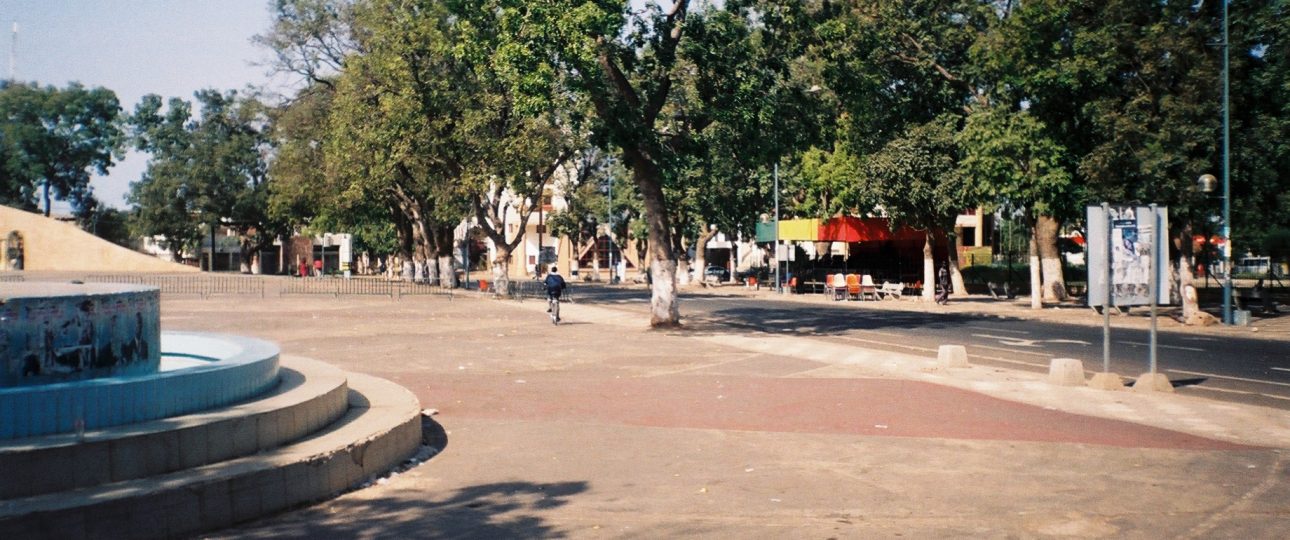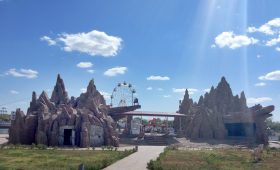Exploring Thiès, Senegal
Introduction to Thiès
Thiès, located 70 kilometers east of Dakar, is a city with a rich historical and cultural tapestry. As the capital of the Thiès region, it holds a significant place in Senegal’s history, particularly due to its role in the development of the railway system. The city was founded over a century ago, and its growth was propelled by the establishment of a major railway hub connecting Dakar to Bamako. This earned Thiès the nickname “capital of the rail.”
The City of Thiès
Thiès is the third-largest city in Senegal, covering an area of approximately 6,600 square kilometers. As of the latest estimates, the population is around 320,000, with a youthful demographic—half of its residents are under the age of twenty. Originally a Serer village known as Dianxène, it became a commune in 1904 under French colonial rule. Notably, Léopold Sédar Senghor, Senegal’s first president and a renowned poet, served as its first mayor and initiated a twinning with Caen, France, in 1957.
Historical Significance
Thiès is often referred to as “the city with two stations” due to its historical railway significance. The city’s wide, tree-lined avenues, such as the aptly named “Rue sans soleil,” contribute to its tranquil atmosphere. Recent urban development projects, including the construction of the Dakar-Diamniadio toll highway and the new airport in Diass, have spurred economic growth, attracting more residents and industries. The city hosts a car assembly plant, a battery factory, and phosphate mines in nearby Taïba and Pallo.
Cultural and Artistic Hub
Thiès is a vibrant cultural center, home to a dynamic arts scene. The Association Dynamique des Artistes Plasticiens de Thiès supports local visual artists, many of whom operate private galleries. The city is also known for its theater troupes and actors, some of the most popular in Senegal. The Senegalese Decorative Arts Manufacture, the only one of its kind in West Africa, produces monumental tapestries and is open to visitors.
The Artisanal Village is a focal point for various crafts, including wood carving, leatherwork, and jewelry making. These artisans have won multiple awards, highlighting the city’s status as a craft hub. The Regional Cultural Center and the “Promenade des Thiessois” esplanade host concerts and exhibitions, enriching the city’s cultural landscape.
Historical and Religious Heritage
The Historical Museum, once a training ground for Senegalese riflemen, is now a heritage site showcasing Neolithic artifacts and historical scenes. Thiès is also a center of religious coexistence. Located 20 kilometers from Tivaouane, a stronghold of the Tijaniyya Muslim brotherhood, the city also has a significant Mouride presence. The Medina Fall neighborhood was founded by Cheikh Ibra Fall, a key Mouride figure. Nearby religious sites include Ndiassane and Thiénéba.
Thiès is known for its open and tolerant Islam, coexisting peacefully with Catholicism. The Sainte Anne Cathedral is an architectural marvel, and the city also hosts Baptist and Lutheran churches. Traditional animist beliefs are still practiced by some residents.
Why Visit Thiès?
- Cultural Diversity: Experience the rich blend of Wolof, Serer, and Fulani cultures.
- Historical Sites: Visit the Abbaye Keur Moussa, a Benedictine monastery where monks play the kora, a traditional African instrument.
- Bustling Markets: Explore markets filled with unique handicrafts and traditional textiles.
- Local Cuisine: Enjoy Senegalese dishes at local eateries like Les Delices and Pamanda.
Best Time to Visit
The dry season, from November to May, is the best time to explore Thiès. The weather is pleasant, ideal for outdoor activities and sightseeing.
Getting There
By Air
The nearest international airport is Blaise Diagne International Airport in Dakar. From there, Thiès is about an hour’s drive by taxi or private car.
By Land
Buses and car rentals are available from Dakar to Thiès, with the journey taking one to two hours, depending on traffic.
By Train
Thiès is accessible by rail, with a daily train service from Diamniadio, offering a scenic and comfortable journey.
Local Transportation
- Taxis: Affordable and widely available, with most rides costing around 500 CFA.
- Car Rentals: For more flexibility, consider renting a car from local agencies.
- Local Buses: An economical way to explore the city and its surroundings.
- Motorcycle Taxis: Known locally as “seggas,” these offer a quick way to navigate the city. Always negotiate the fare beforehand.




